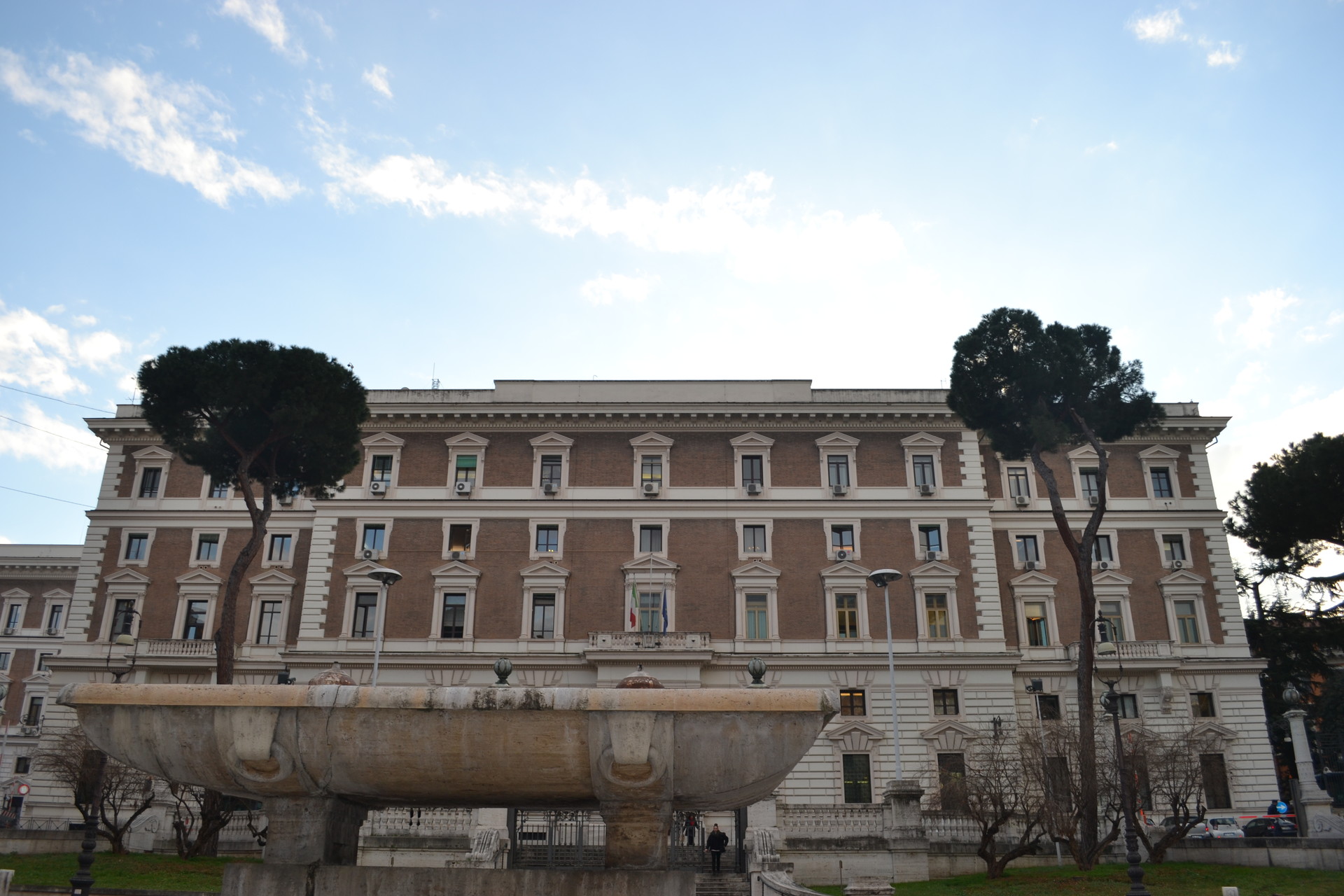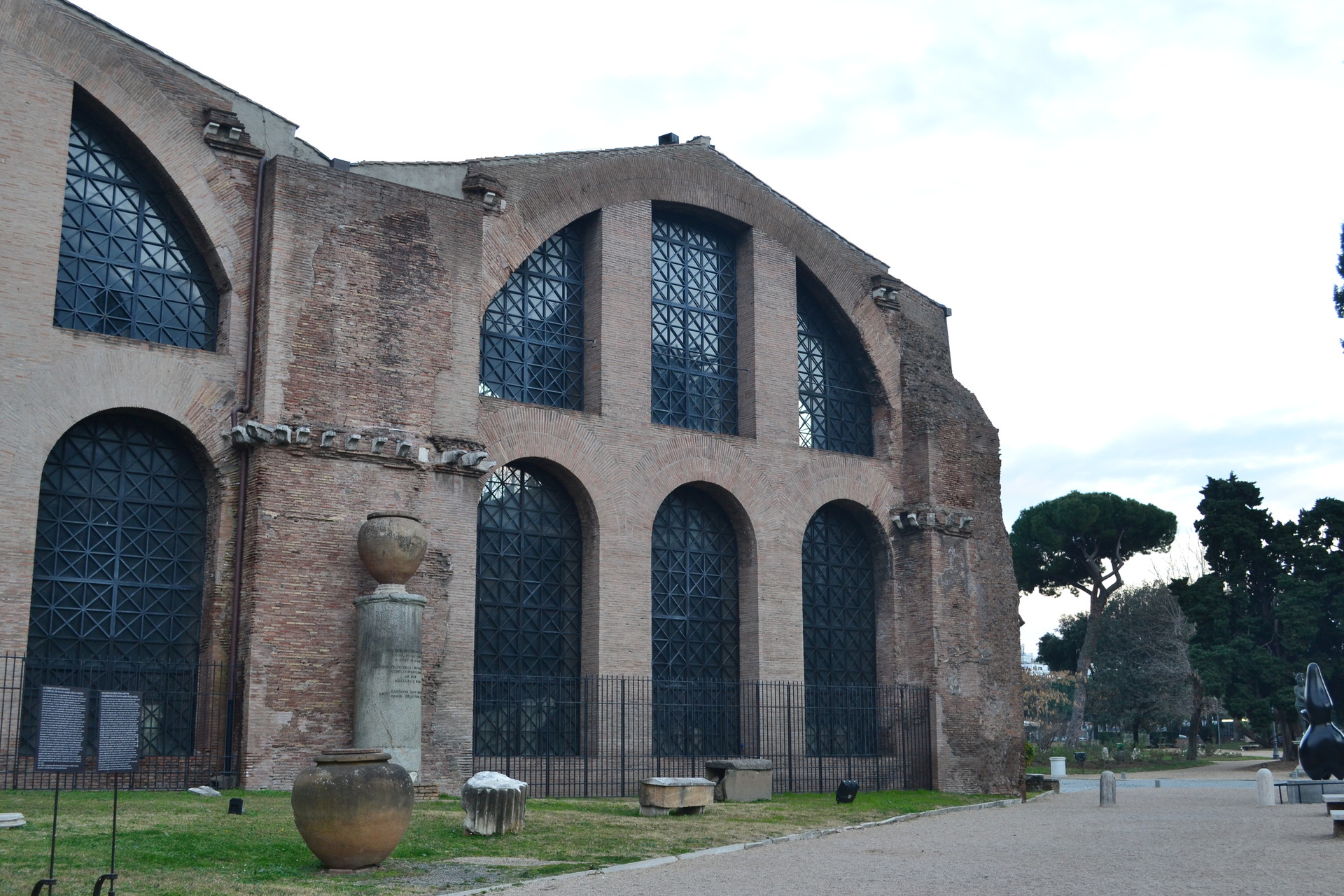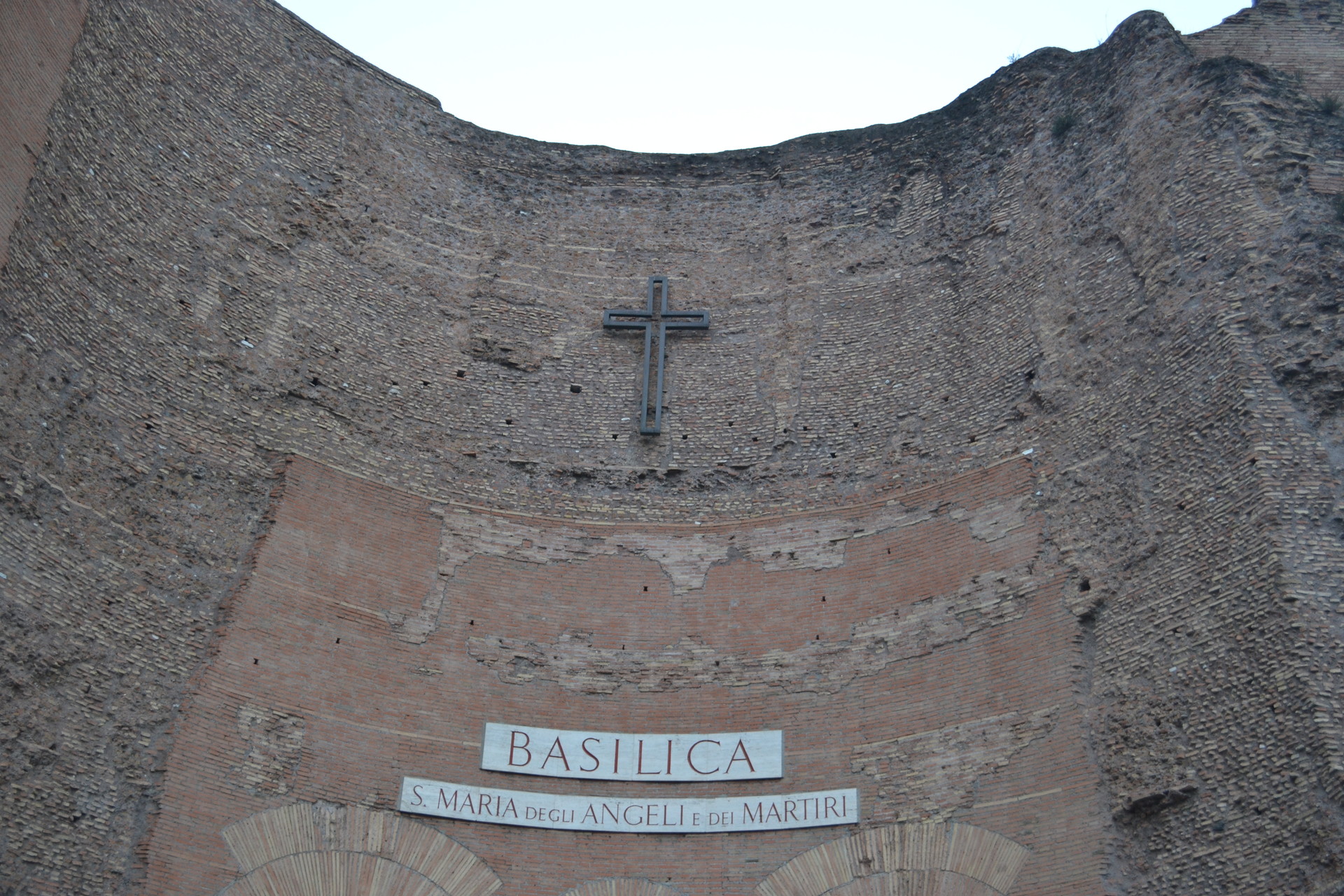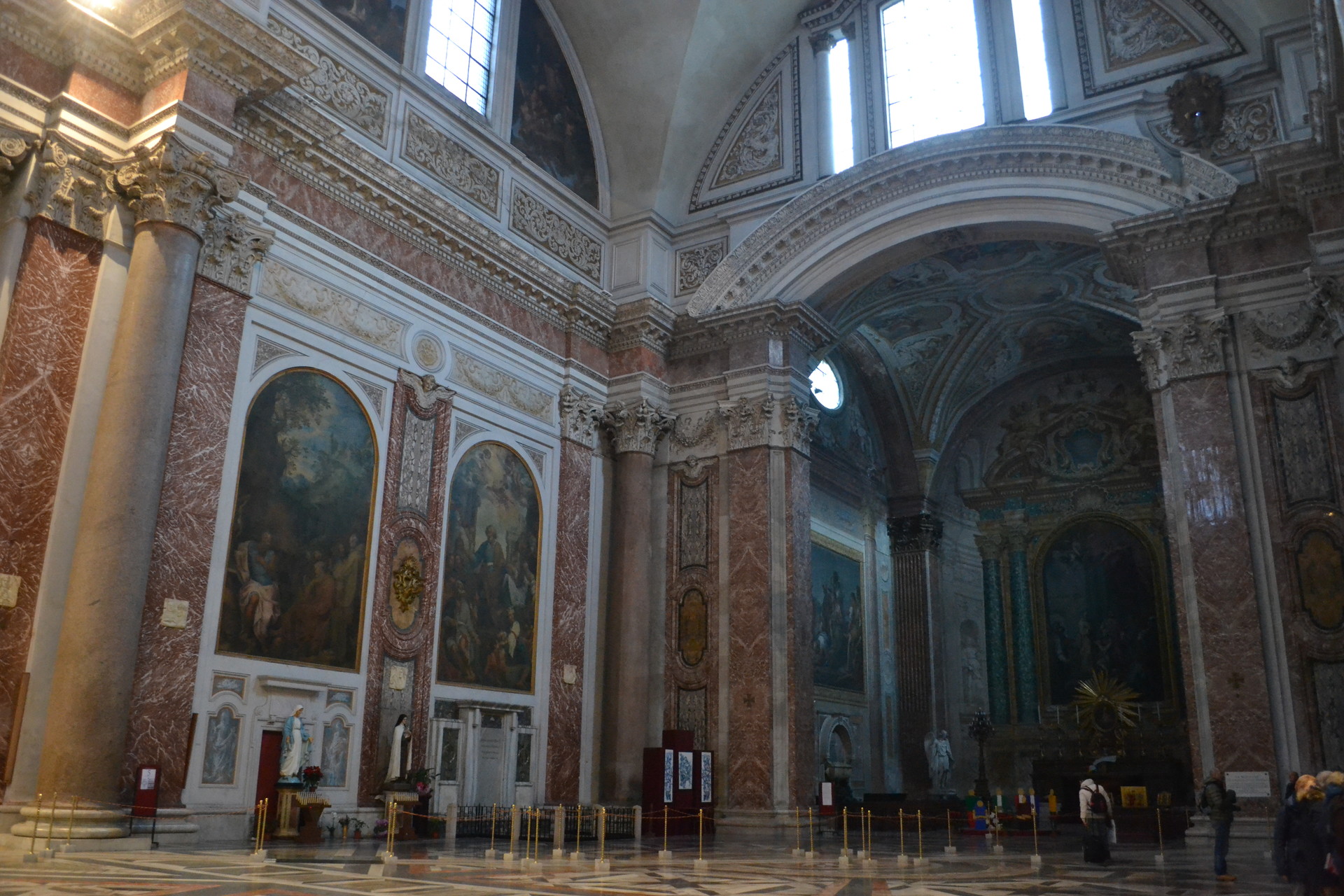Il Viminale - 4/7 Hills of Rome
The Viminale is the smallest out of the seven Hills. During the time of the sixth king of Rome, the Viminale was a residential area. Later, around 300 AD, under the reign of the Roman Empeor Diocleziano, the baths were built. (In english this is called "Baths of Diocletian").
What to see on the hill:
Palazzo del Viminale:
The Palazzo del Viminale is a very importnat building. It has been around since the early twenteith century and was home to the Council of Ministers and Ministry of Interior. However the Countil of Ministers later changed location therefore solely remaining home to the Ministry of Interior. (Ministry of Interior is responsible for internal security and protection). It is a very impressive building and worth having a quick look at.

Baths of Diocletian:
These public baths were built around the time of Emperor Diocletian, therefore between 298 A. D to 306 A. D. These baths were reserved to those living on the three adjacing hills: Quirinal, Viminal and Esquiline. They are classified as the largest out of the imperial baths. These baths were in use untill 537 AD, when Rome was seiged by the Ostrogoths and their aqueducts were all cut off. These baths were expanded in the sixteenth century by Michelangelo, who designed the "Basilica di S. Maria degli angeli e dei martiri".
In order to visit here you can buy an all round ticket to the "Musei Nazionali di Roma" which includes entry to the baths of Diocletian, Crypta balbi, Palazzo Altemps and Palazzo Massimo all for a price of 7 Euros for adults and 3. 5 Euros for a reduced ticket (Valid for EU citizans between 18-24 years of age).
For additional information.

Basilica di S. Maria degli Angeli e dei Martiri:
Now i must admit this chuch really surprised me. It is located on the left hand side of the Baths of Diocletian and from the outside it looks like a minimal, tiny little church. There is no obvious façade, no columns, no large elaborate entry - it just looks like it would be a waste of time to enter to be honest. However my father told me to go inside, and to my surprise this church is huge. I have absolutely no idea where the space came from, but the church seemed to have some double dimention or something. Anyway this church was constructed in 1562 by Michelangelo and is today used for the the Official Italian State ceremonies.


Teatro dell'Opera:
The Opera theatre in Roma is a theatre dedicated to lyrica opera and ballet. Throughout it's many years it has been though 3 main changes:
1880-1926 - The theatre was inaugurated in 1880 after being financed by Domenico Costanzi. In fact the initial name for this structure was Teatro Costanzi. It's inauguration took place with the opening performance of Seramide by Gioachino Rossini.
1926-1946 - In 1926, the City Council of Rome bought Teatro Costanzi and changed its name to Teatro Reale dell'Opera. It reopened in 1928 after a few changes.
1946-Present - In 1958 the building was changed again, turning it more modern and simplifying the name to Teatro dell'Opera. In 1964, Mozart's famous "Nozze di Figaro" were played here followed by Verdi's famous "Don Carlos" in 1965.
If you are in Rome then i would highly recommend you have a look at their website and book a performance, as the theatre itself is stunning and it would be an unforgettable experience.
Photo gallery
Content available in other languages
- Italiano: Il Viminale - Il quarto dei Sette Colli Romani
- Español: El Viminal - 4/7 Colinas de Roma
Want to have your own Erasmus blog?
If you are experiencing living abroad, you're an avid traveller or want to promote the city where you live... create your own blog and share your adventures!
I want to create my Erasmus blog! →





















Comments (0 comments)